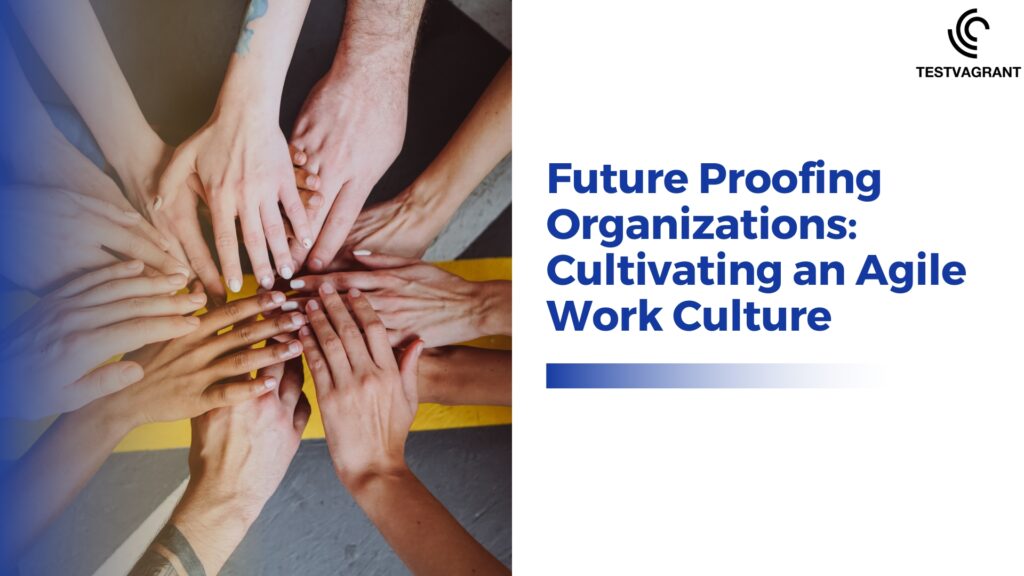Traditional hierarchy is important to maintain a structure in the organization but a top-down authority flow often centralizes bureaucracy and affects individual accountability. An agile work culture values autonomy, innovation, and collaboration. This enables team members to make decisions on the fly and accommodate changes as required.





